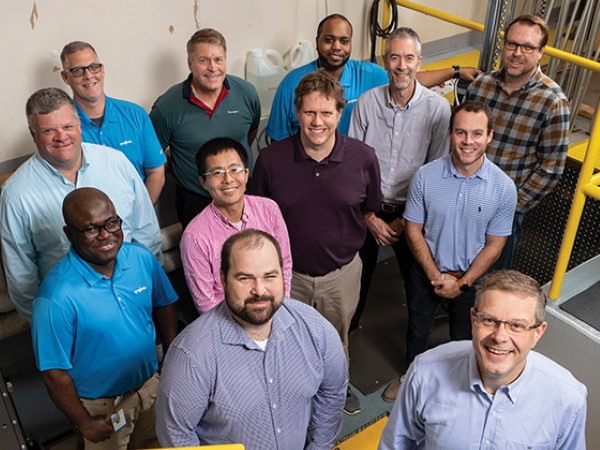To improve sustainability across its supply chain, Syngenta recently announced a $2 billion investment in sustainable agriculture. Part of this investment will go toward packaging innovations.
“Things like reducing the weight of plastic in containers, moving plastics and products in bulk, and cutting the thickness of our label paper all contribute to making our operations more sustainable,” said Gabriel Oxby, Syngenta formulation and packaging group leader.
The company hopes these and other sustainability efforts will help Syngenta meet its target to reduce the carbon intensity of its operations and supply chain by 50% by 2030.

Thanks to full approval from the U.S. Department of Transportation and the International Safe Transit Association, the Syngenta lab can self-certify packaging in accordance with United Nations standards. As a result, the company can independently make continuous refinements and improvements, instead of waiting for an outside firm to complete a separate certification process. Syngenta is also testing technologies like slow-motion cameras to enhance the analysis of test results. The lab’s cameras use a machine learning program, which improves their accuracy when checking package labels for errors.
“From lab to field, we help make sure our products arrive to our customers intact and on time, ready to go to work,” Oxby added.
For more information:
Syngenta
www.syngenta.com
